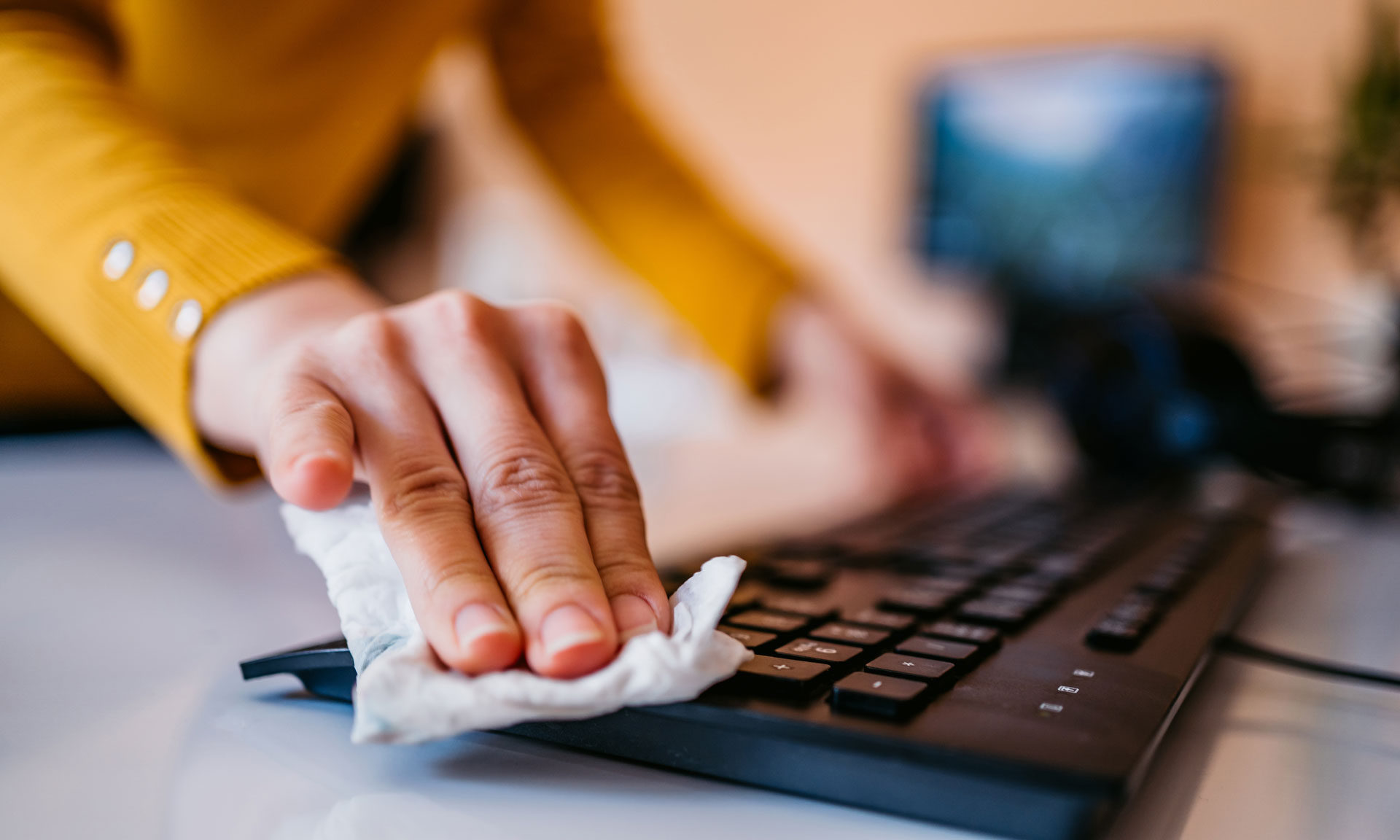
By clicking a retailer link you consent to third party cookies that track your onward journey. If you make a purchase, Which? will receive an affiliate commission which supports our mission to be the UK's consumer champion.
How to set up a new email account with Gmail

We always recommend you have an email address that isn't hosted by your ISP. This means you can continue to use it, even if you switch to another broadband provider.
It’s easy and free to set up a new email address with Gmail, which is a webmail account that lives in the cloud. You can access it from any computer, tablet or smartphone by logging in to your account.
Below, we explain how to create a Gmail account and secure it with two-factor authentication. We've also got tips on coming up with a sensible password.
Tech Support – stay on top of your tech and get unlimited expert 1-2-1 support by phone, email, remote fix and in print.
How to choose an email password
Before you go ahead and create your Gmail account, think about password options.
While it’s unlikely that an individual will target your account, there are automated hacking systems that attempt to hack email accounts en masse.
Don't use something a hacker could easily guess, such as your pet's name, your place of birth or your favourite football team. Avoid using your own surname, your date of birth, the word ‘password’ or simple number combinations.
A simple passphrase made up of three or more words, such as 'umbrella kitten pink', is easy to remember and much harder for the hackers' automated systems to crack.
Better still, use a password manager such as LastPass or Dashlane to generate very secure passwords and manage them for you.
Create your new Gmail account
To create a Gmail account, follow these steps:
- Head to google.com/gmail and select Create an account
- Enter your name, preferred username and password
- On the next page, add your phone number. You'll receive a code that needs adding to the setup screen
- Next, you'll be offered the choice of Express personalisation or Manual personalisation. The latter is longer, but lets you choose how much data you want to share with Google

News, deals and stuff the manuals don't tell you. Sign up for our Tech newsletter, it's free monthly
Turn on two-factor authentication (2FA)
Although your email account has a password linked to it, you should always have the extra protection of two-factor authentication.
To turn it on, select your initial in the circle in the top right-hand corner and then Manage your Google Account.
- On a computer – select Security on the left side of your screen. Under How you sign in to Google, choose 2-Step Verification.
- On a mobile – select Security underneath your profile picture, then choose 2-Step Verification.

On the next screen, you'll be asked to enter your password again. Then, on the next window, you'll see Let's set up your phone.

If you choose your phone, you'll always be sent a code via SMS when you sign in to confirm that it's you. Make sure that the phone number is correct and that Text message is selected. You'll be sent a code to your phone: type that in.
To go back to your inbox, click the Google apps menu button next to your initial in the top right-hand corner (it looks like a square of nine dots) and choose Gmail.
Once you've done all this, your email address is up and running.
If you think it's time to upgrade your computer, check in with our expert desktop PC reviews and laptop reviews.
Join Which? Tech Support
Which? Tech Support can help you keep you on top of your tech. Our experts explain things clearly so that you can resolve issues and feel more confident using your devices.
Get unlimited 1-2-1 expert support:
- By phone Clear guidance in choosing, setting up, using and resolving issues with your home tech devices.
- By email Outline the issue and we’ll email you our answer.
- By remote fix We connect securely from our office to your home computer and resolve issues while you watch.
- In print Which? Tech magazine, six issues a year delivered to your door.
You can join Which? Tech Support for £4.99 a month or £49 a year.



















